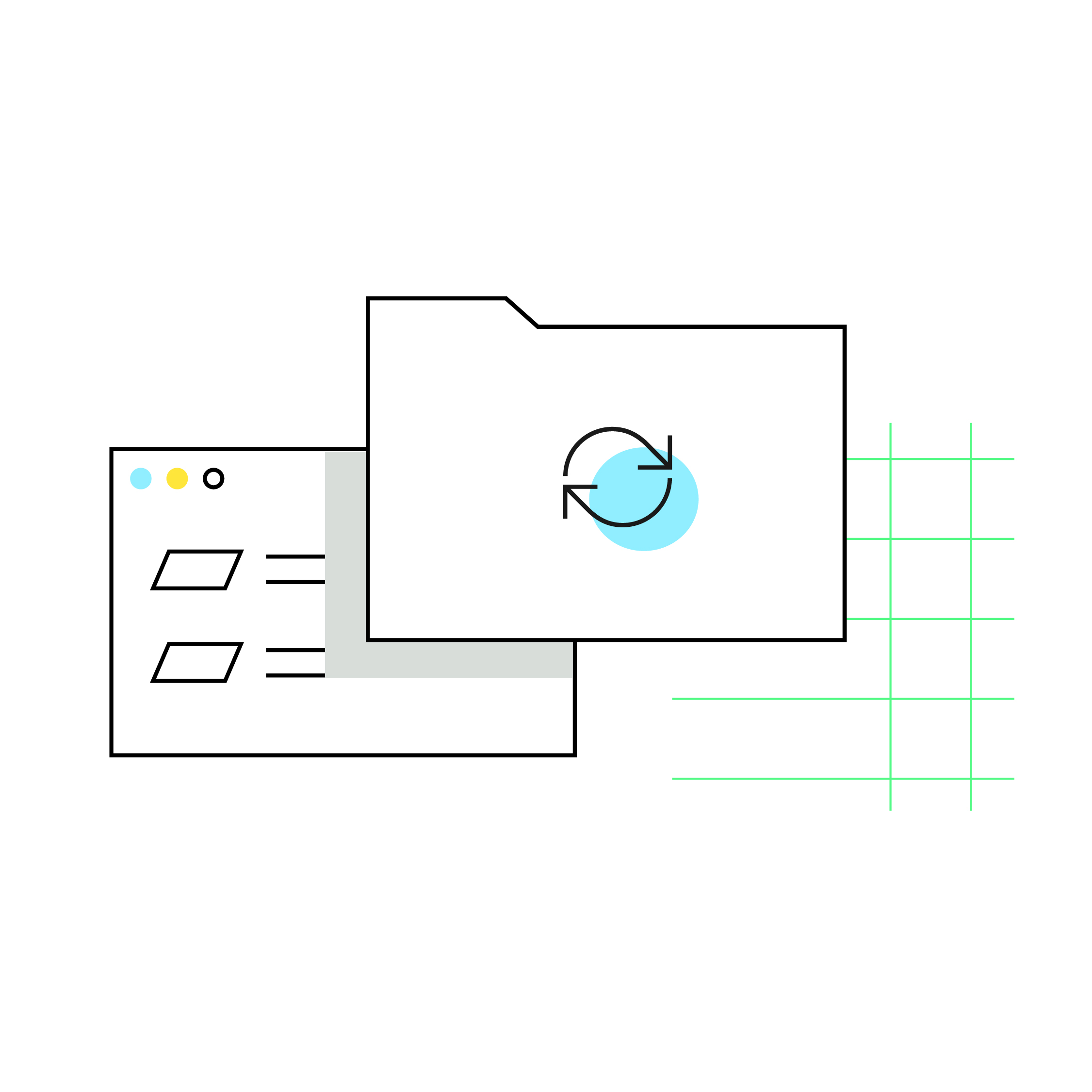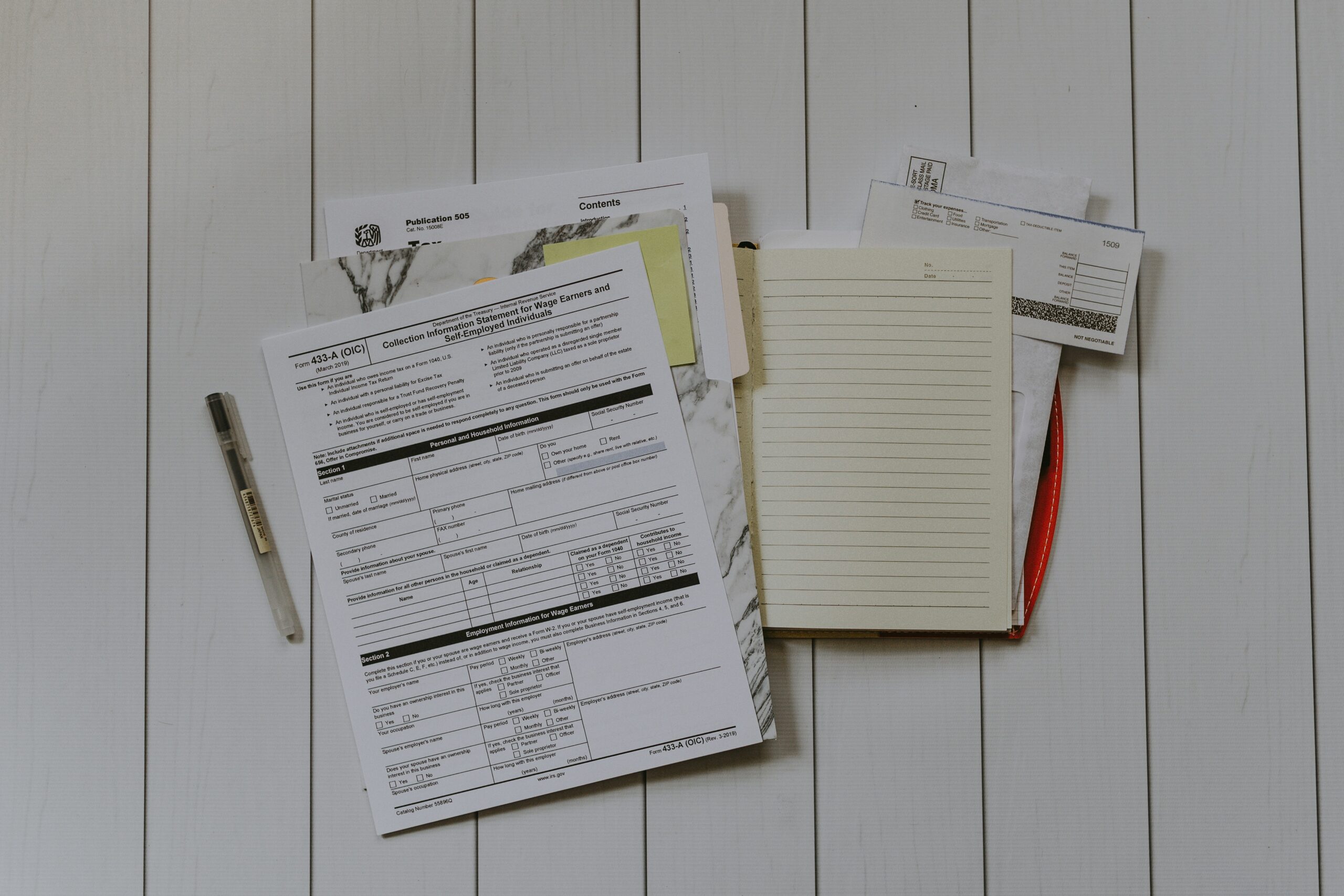Do you need trademarks, copyrights, or patents?
by November 1, 2023
Please note: This blog was originally published in 2019. It’s since been updated for accuracy and comprehensiveness.
E-commerce businesses have to juggle a lot of different priorities. An important one to consider is intellectual property rights. In this article, we’re putting the focus on trademarks, copyrights, and patents and answering the questions of what they are, what IP asset you need each one for, and how to conduct a search and file for the mark accordingly to protect your unique assets.
Trademarks
What they are: Trademarks are words, phrases, symbols, or designs that identify brands and ensure their visibility and distinction to the world. Once a trademark has been filed and registered, some of the advantages of having one include the exclusive ability to protect your brand’s identity and keep others from using the mark. If you’re registered with the USPTO (United States Patent and Trademark Office), many businesses like to use a designation with their mark which looks like this: ®. Trademarks also have a long life span, able to protect a business for hundreds of years if you file the necessary documents and pay fees as needed. A great example of a long-lasting trademark is the German brewery Löwenbräu —their mark is over 620 years old!
What you need a trademark for: Brand names, slogans or catchphrases, logos or symbols, and brand mascots, if your e-commerce business happens to have one.
How to file for one: First, conduct a search through already registered and pending trademark applications to ensure that your desired trademark is available to use. Once you know that it’s unique, file a trademark application with the USPTO to register the mark. While you wait, consider conducting a trademark watch to “watch” over any applications that might be registering similar names, logos, and designs for their businesses to better protect your mark against infringement.
Copyrights
What they are: A copyright protects original works of authorship by allowing anyone who registers their copyright with a public record of their work. Should anyone attempt to infringe on your claim, you will be able to sue for copyright infringement. Just like trademarks, copyrights are long-lasting. If you can be credited to creating these works, then the protection lasts for your whole life and an additional 70 years after death. Anonymous works are protected 95 years from the date or publication or 120 years from the date of creation.
What you need one for: If your business has original works including literary (books or poetry), dramatic or musical (movies, plays, songs), artistic, architectural, sculptural, graphic, motion pictures, and sound recordings.
How to file for one: While it’s a little harder to look through art and music, it’s a good idea to conduct a search through the copyright database to see if there is anything registered that you may accidentally infringe on. If the original work checks out, file an electronic application, pay a fee, and send in a copy of the work you want to register.
Patents
What they are: Did you create an incredible new invention for your e-commerce site that you want to share with (and sell to) the world? You’ll need to patent it, using the limited duration property right granted by the USPTO in exchange for public disclosure of the invention. Patents protect underlying ideas, like the mechanisms of the invention. Depending on the type of patent granted, your duration of protection may differ slightly. For instance, design patents last for 14 years on the date the application was filed and protect the design, shape, and appearance of an invention. Utility patents last for 20 years and protect the invention’s functional makeover.
What you need one for: According to patent law, the invention must be “useful” in purpose with the ability to operative. Some items that might qualify for patent protection include machines, board games, computer software, cosmetics, sporting goods, medicine, and furniture design. However, none of it may be granted a patent if it doesn’t work or perform properly.
How to file for one: This process is a bit more in-depth than that of its trademark and copyright counterparts. According to the USPTO, patents must file a nonprovisional application to the Director of the United States Patent and Trademark Office. This application needs to include a written document comprising a specification with description and claims, drawings (if required), an oath or declaration (which is a formal statement that you are the original inventor of the creation), and fees for filing, search, and examination. The application may be filed via mail or electronically and it’s important to keep up with the current filing fees, as they change every October.








